
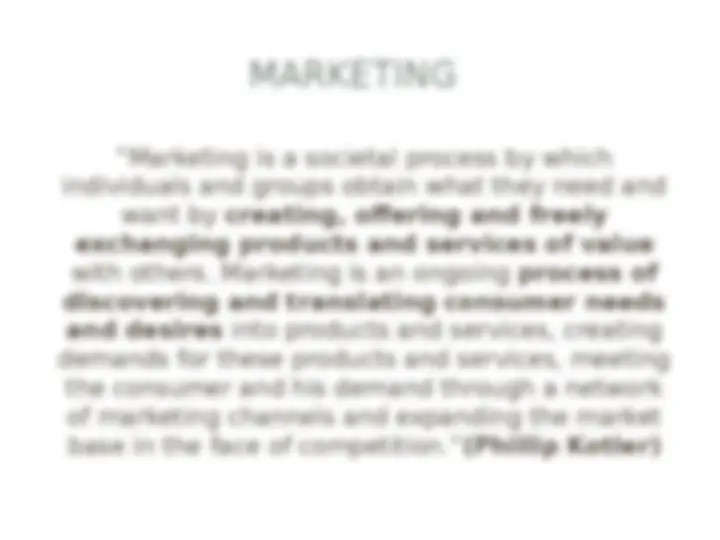
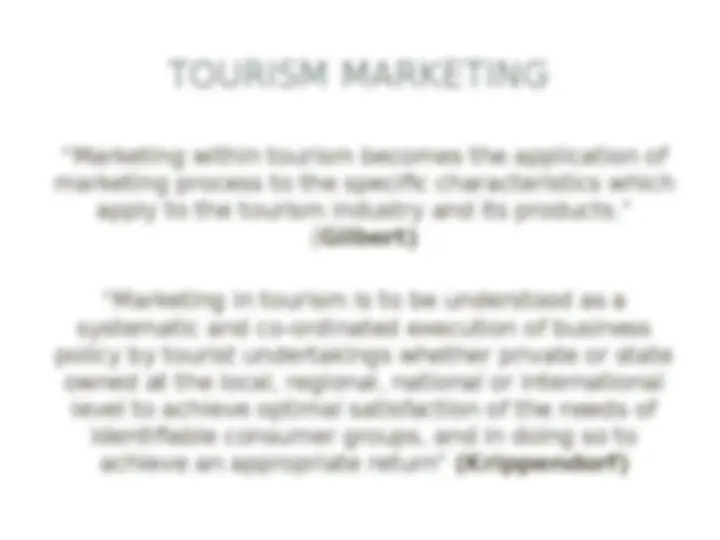
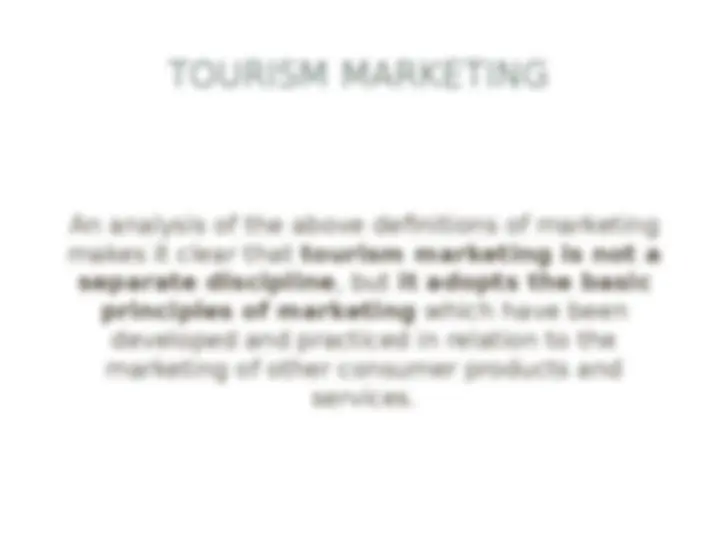
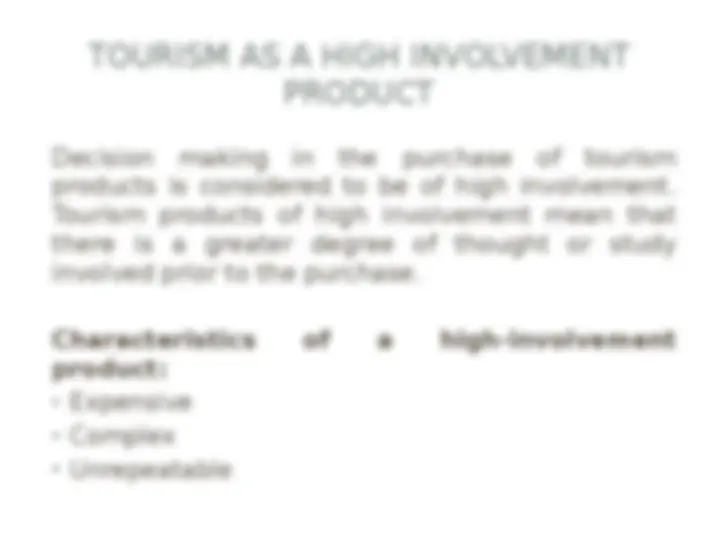
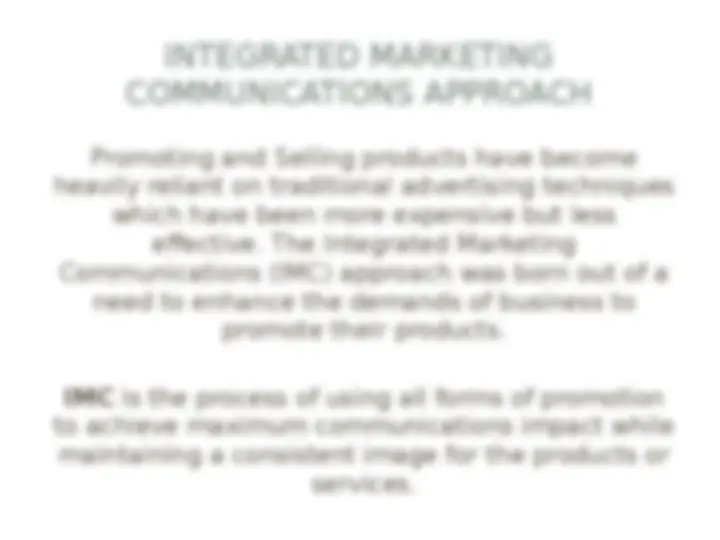
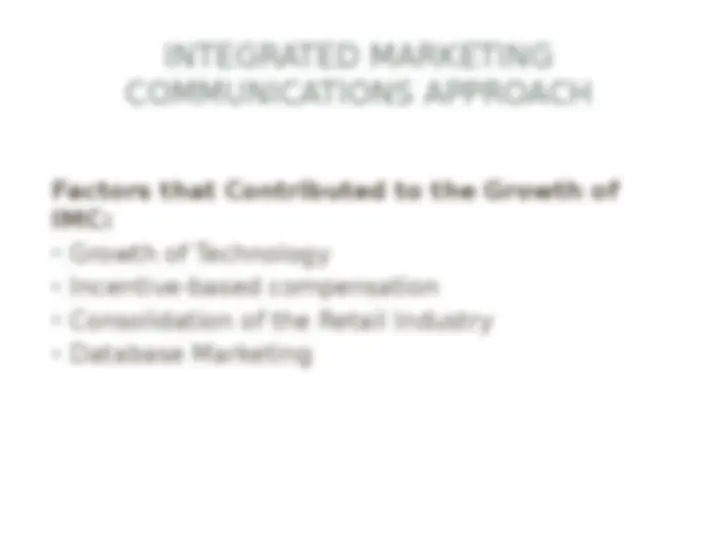
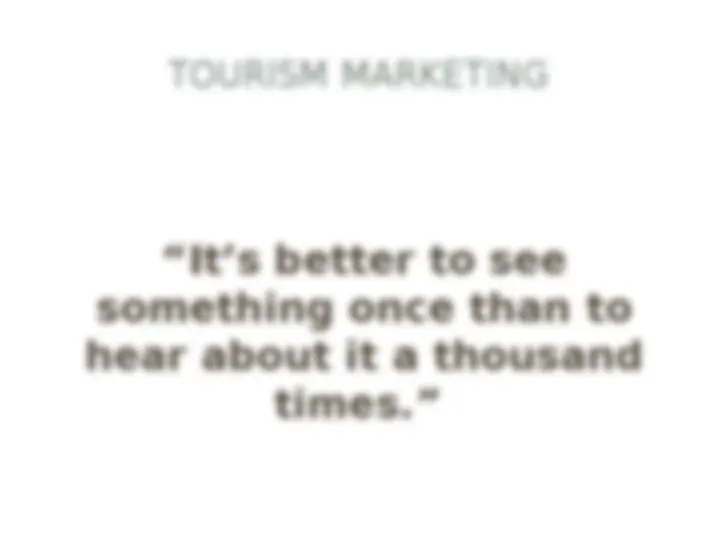
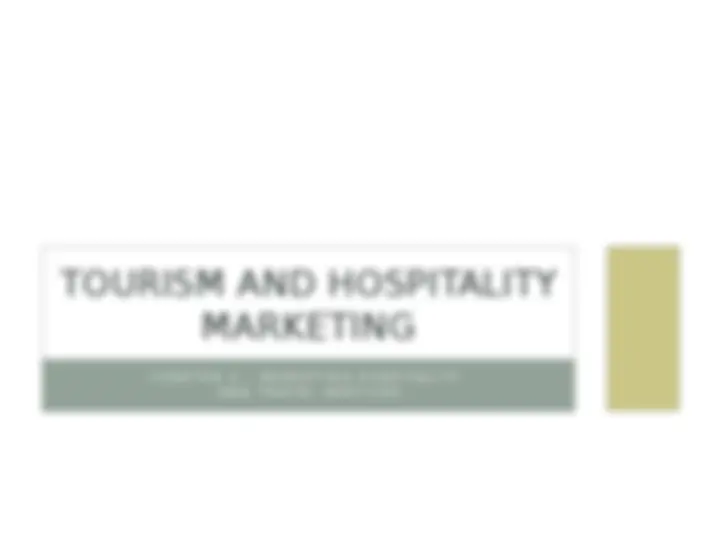
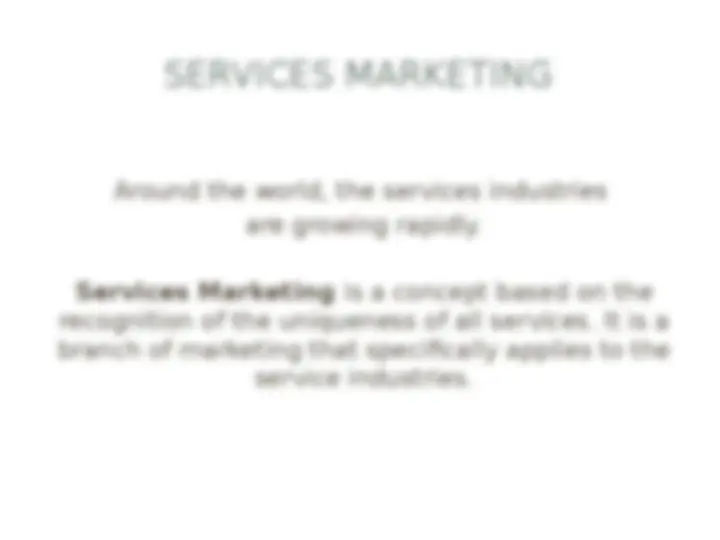
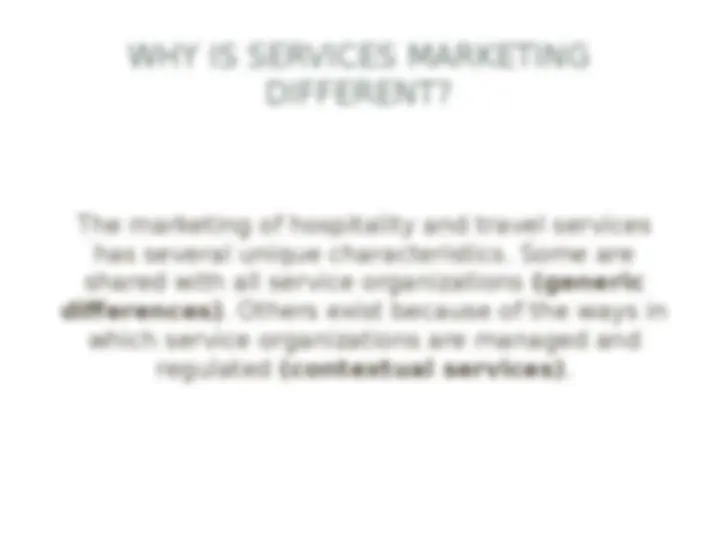
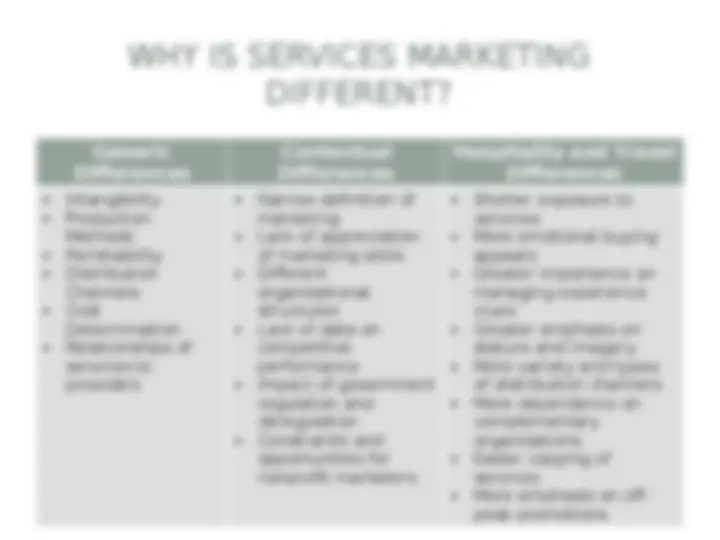
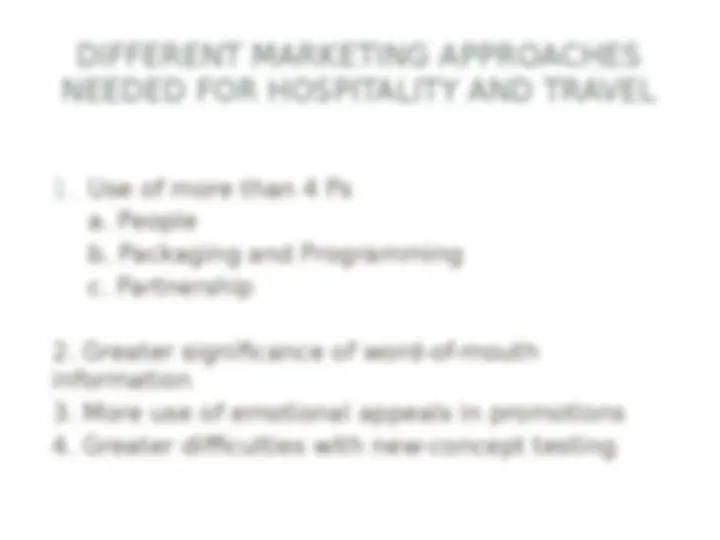
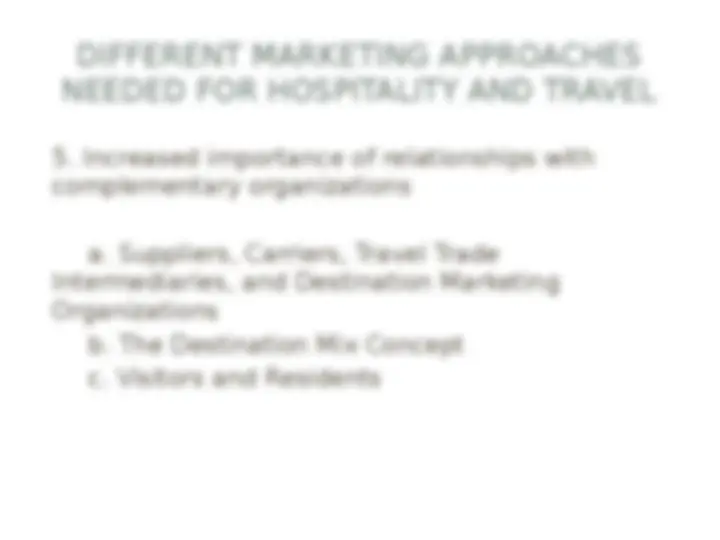
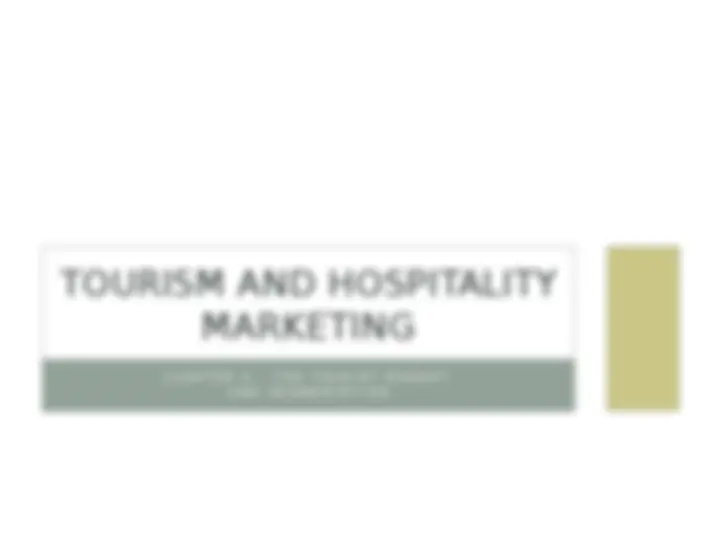
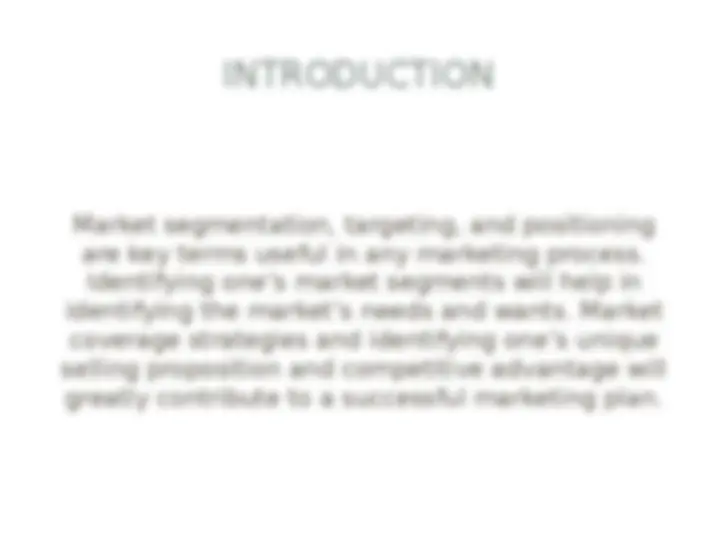
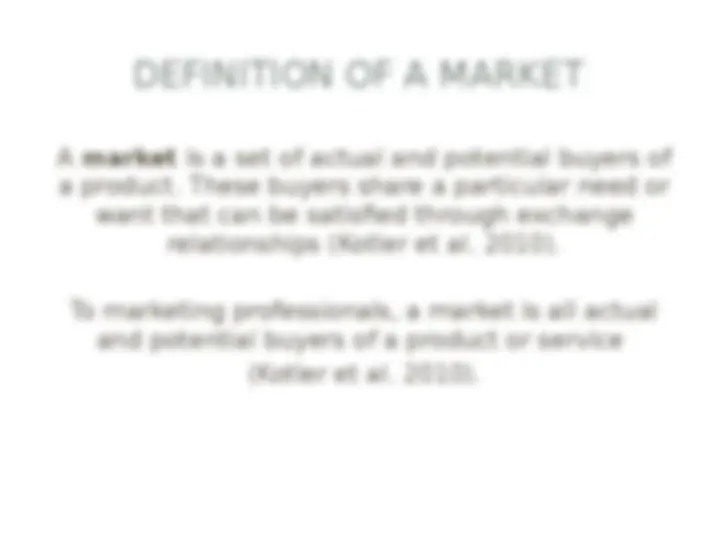
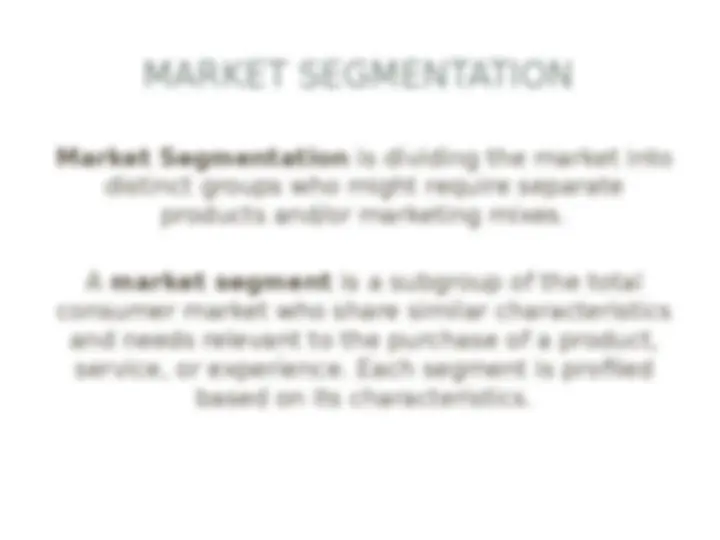
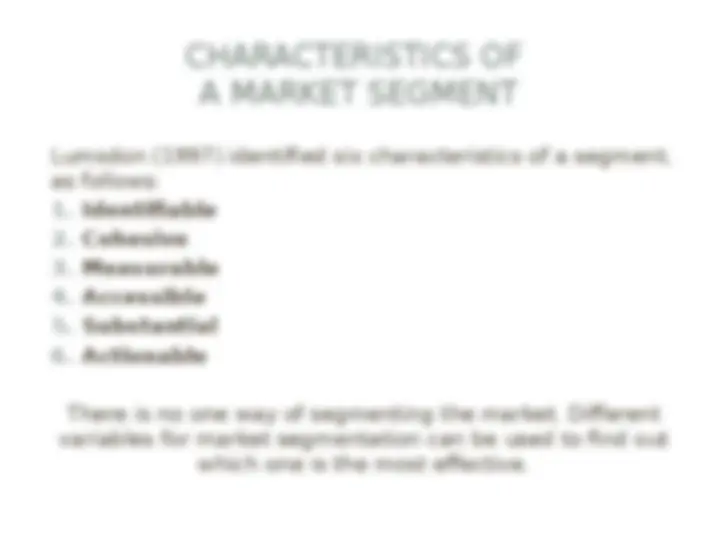
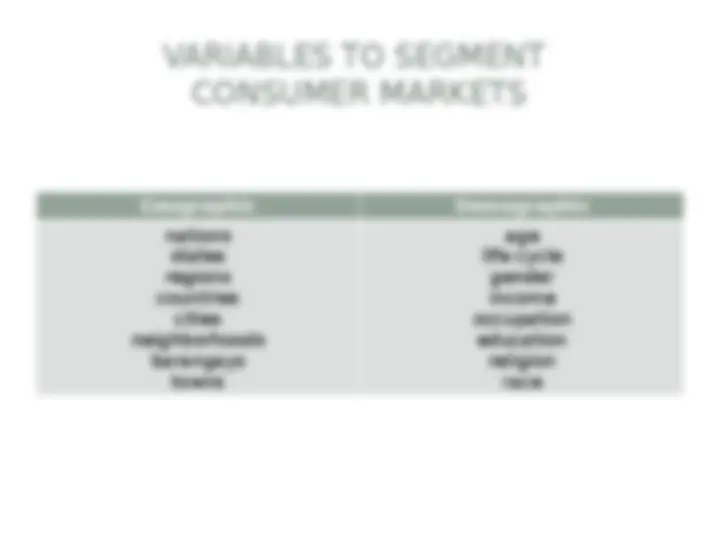

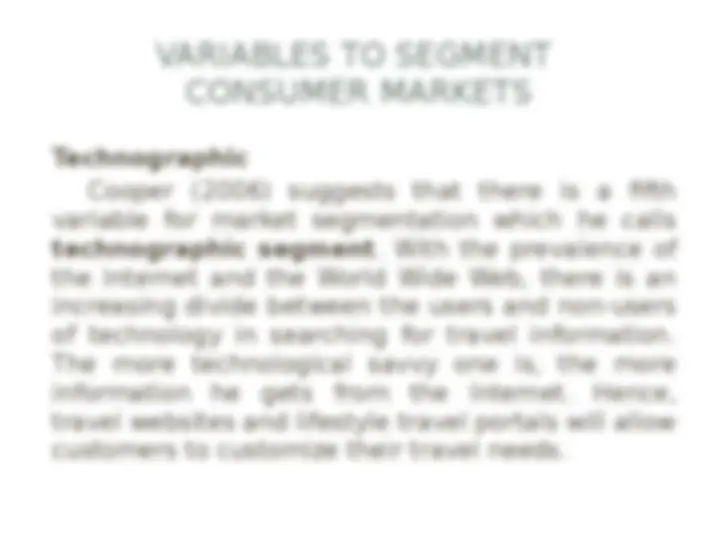



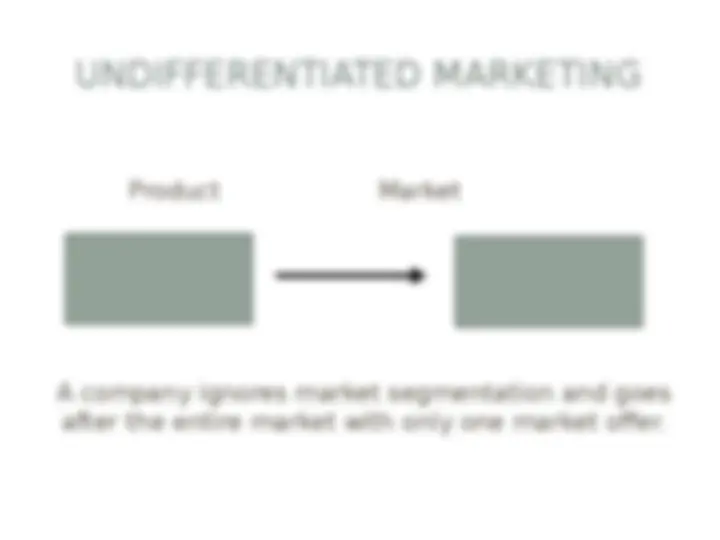
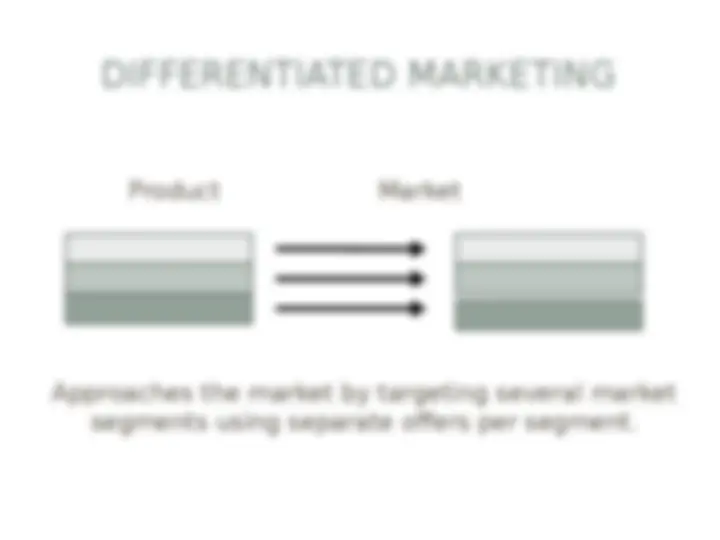
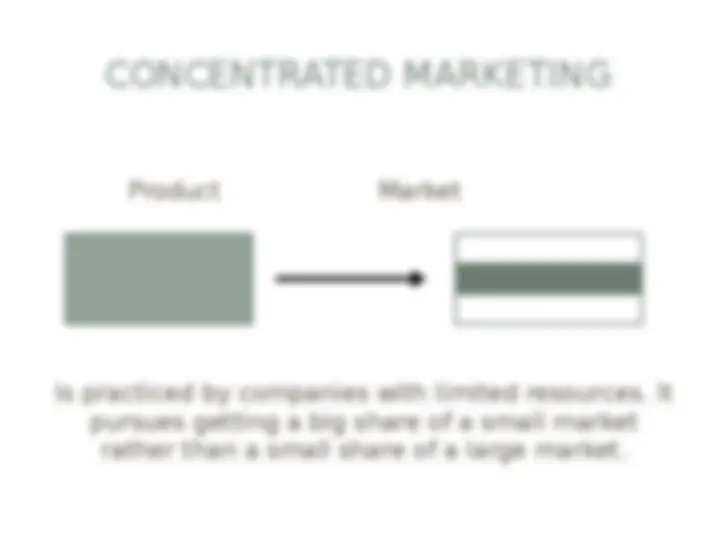
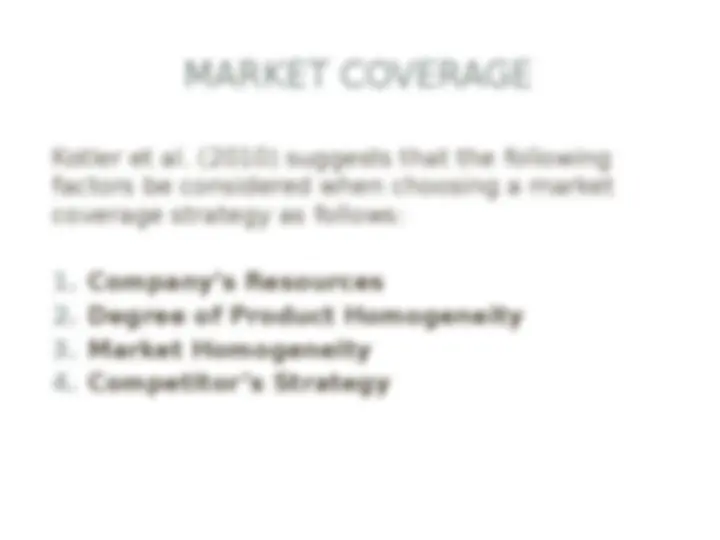
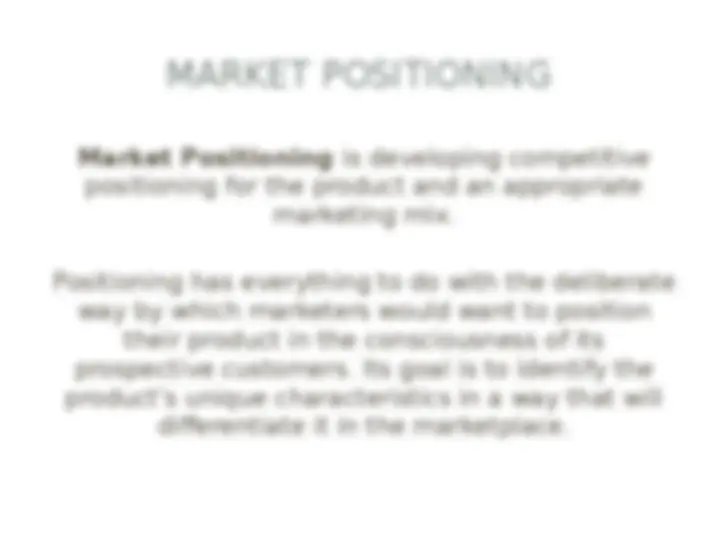

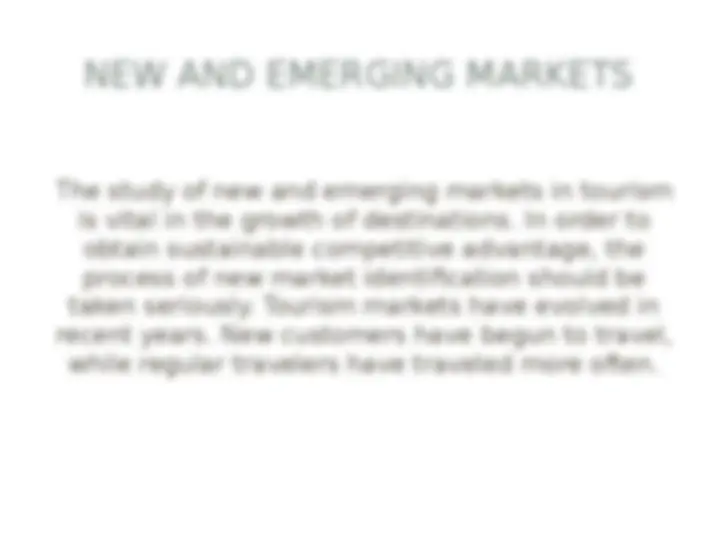
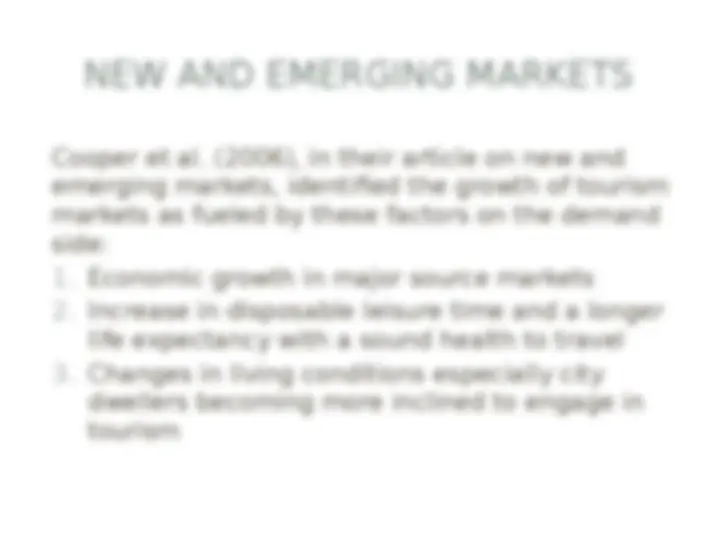
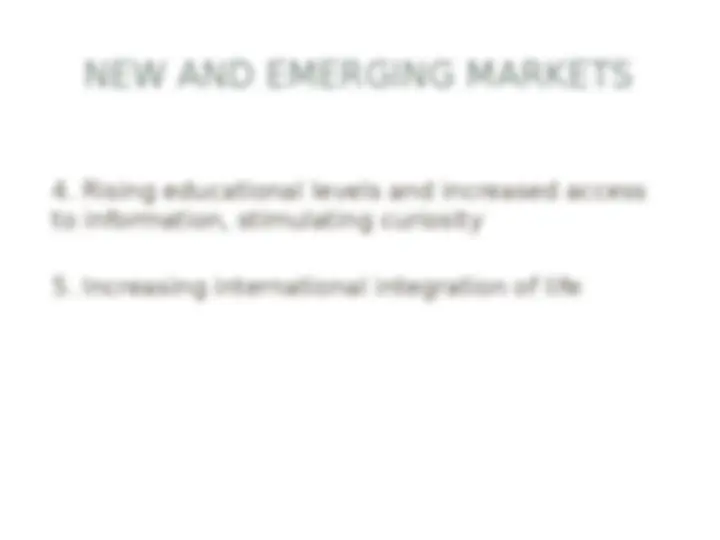
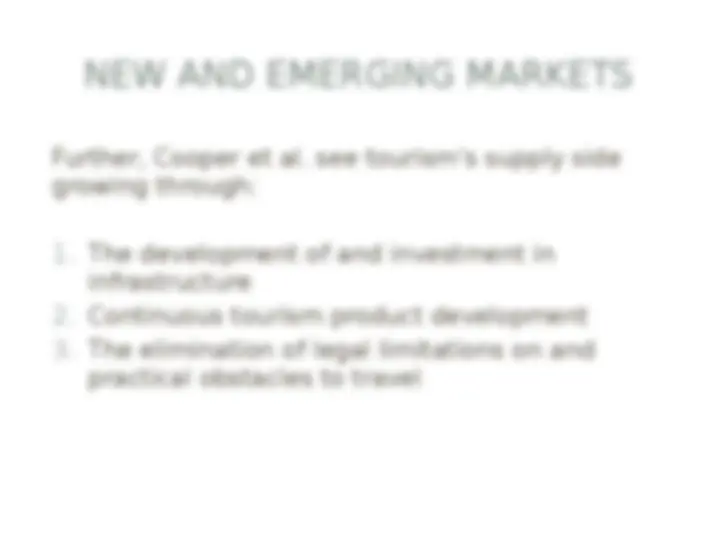
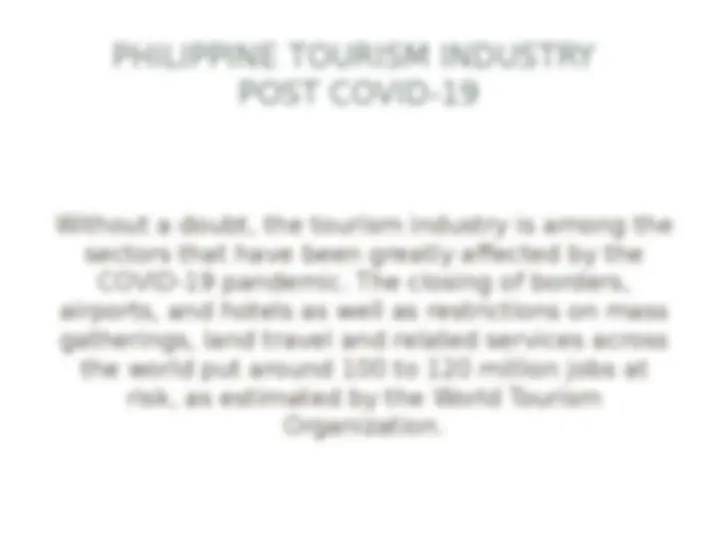
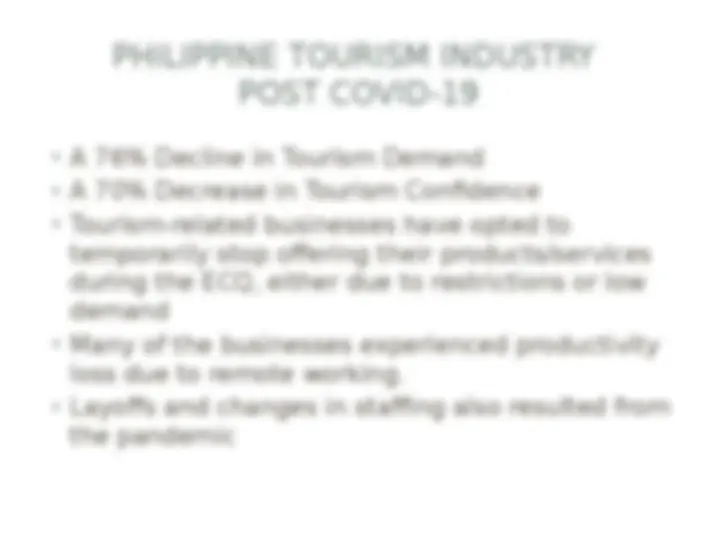
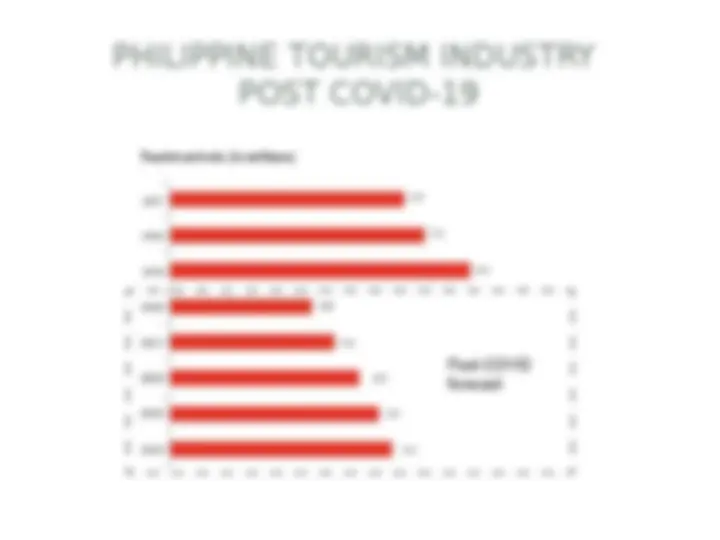
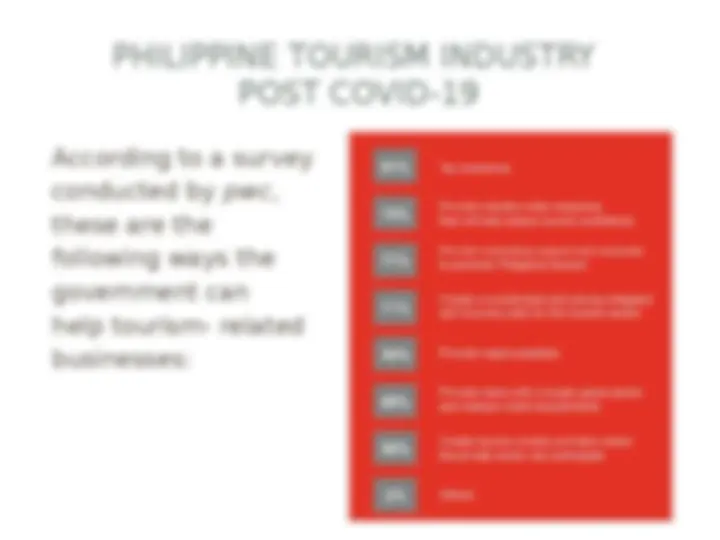

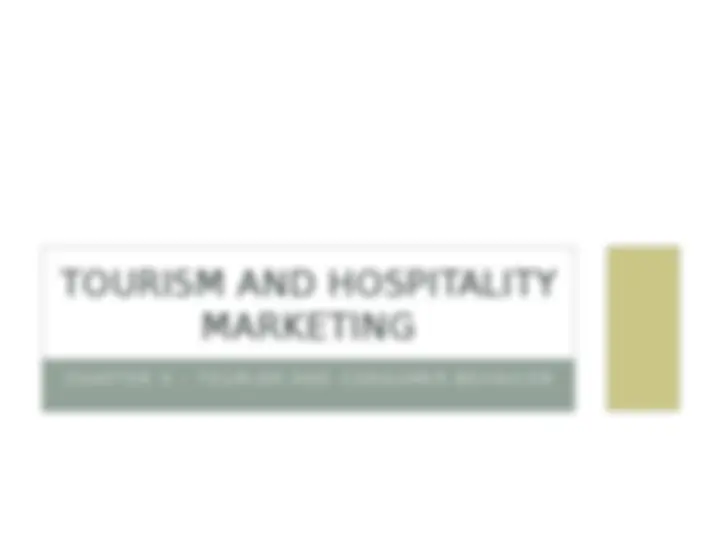
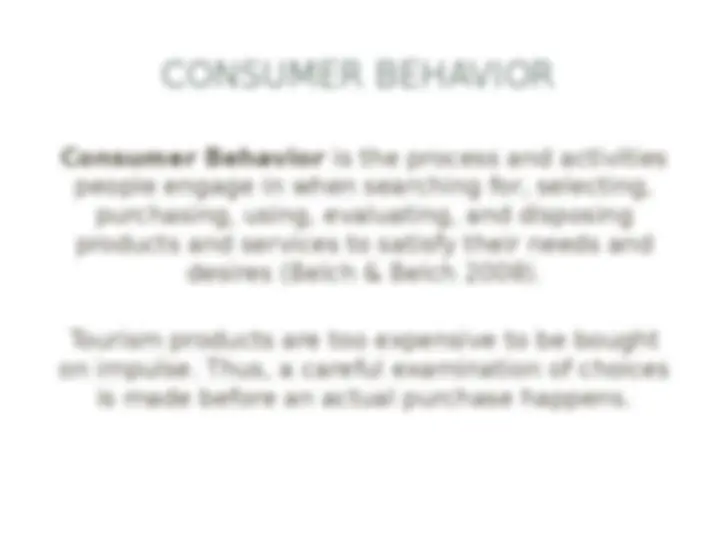
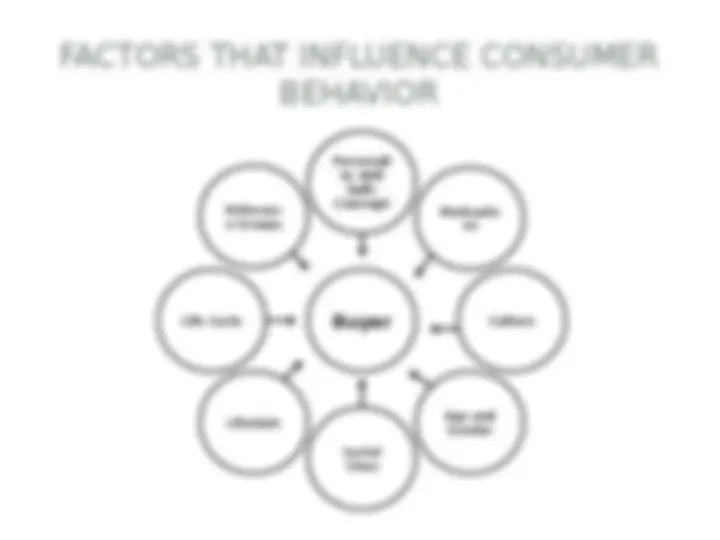
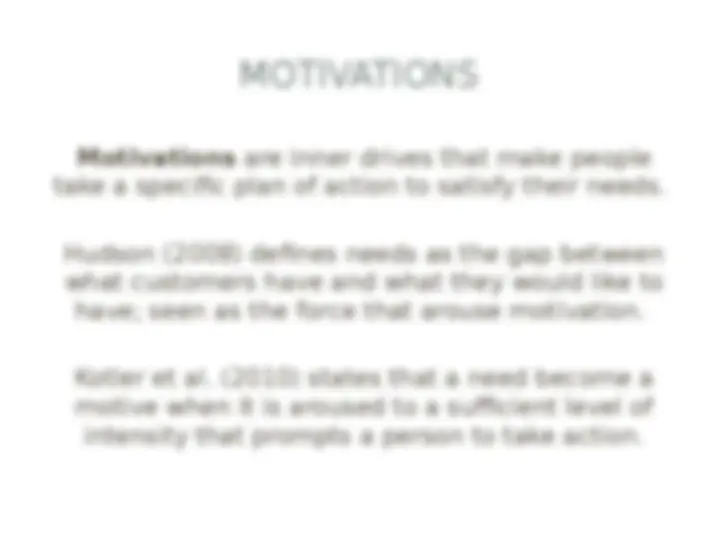
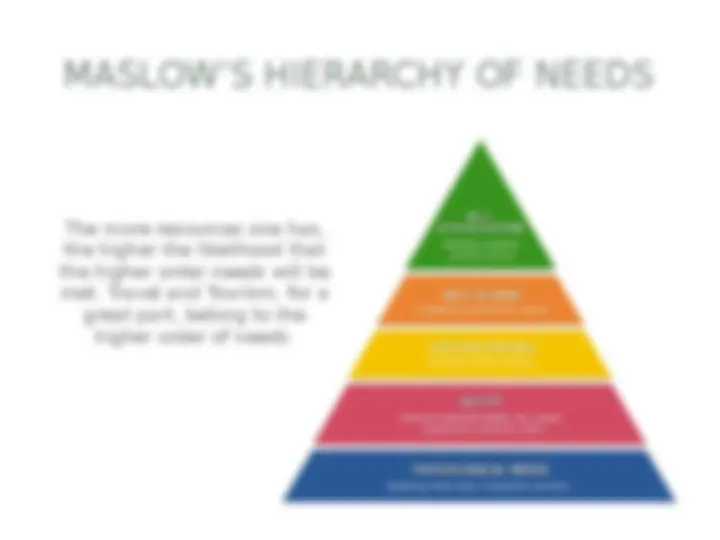
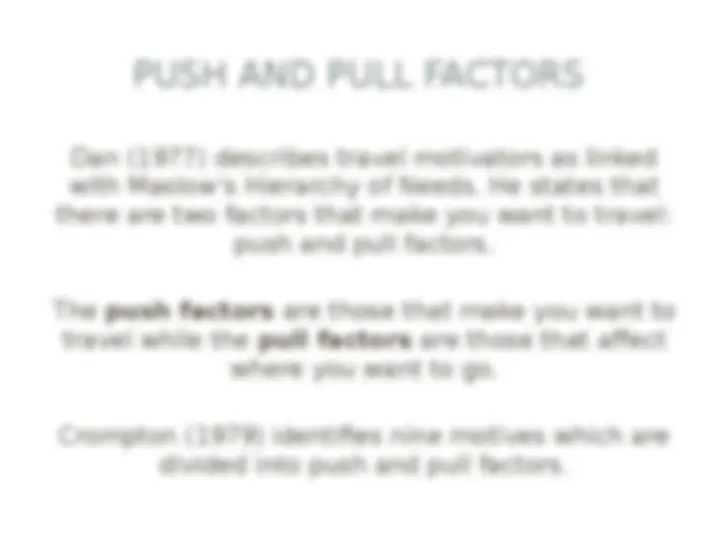
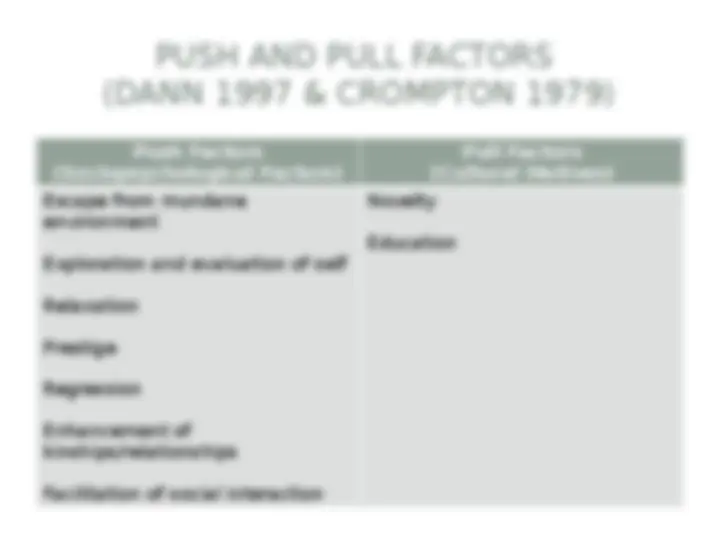
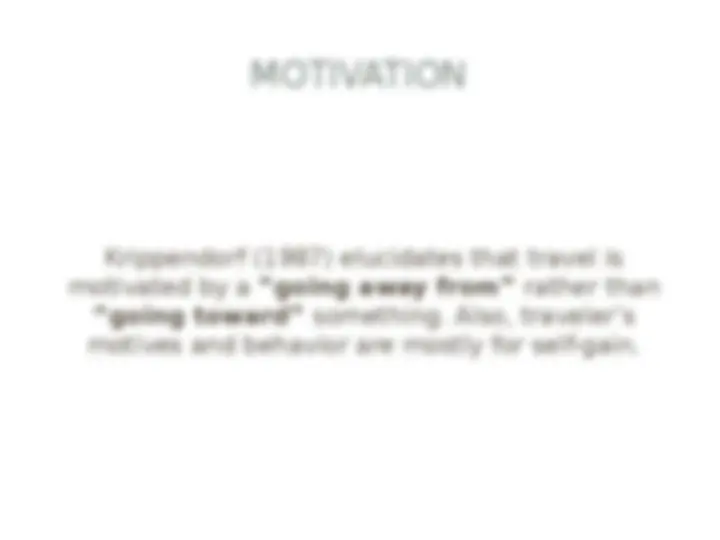
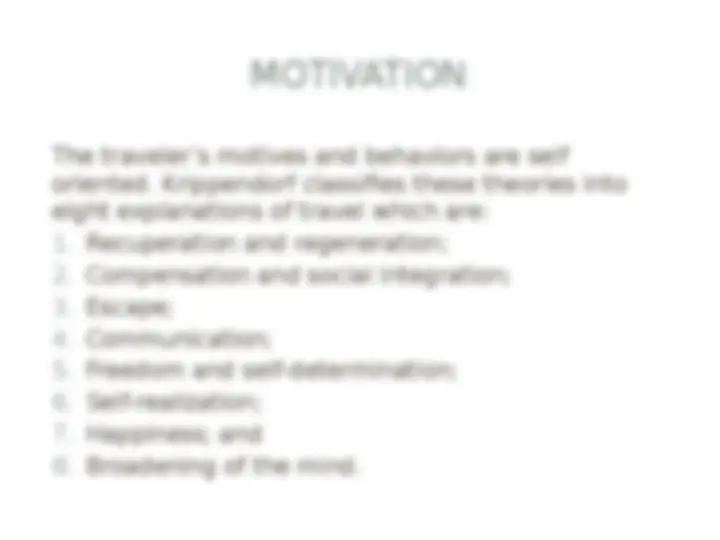
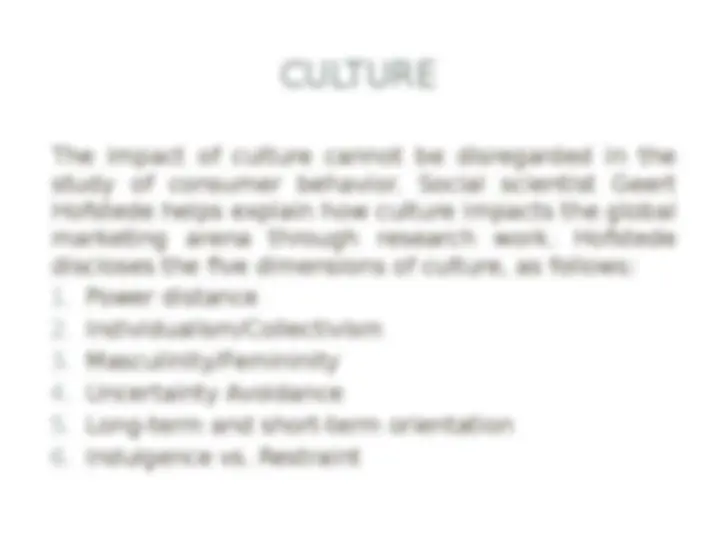
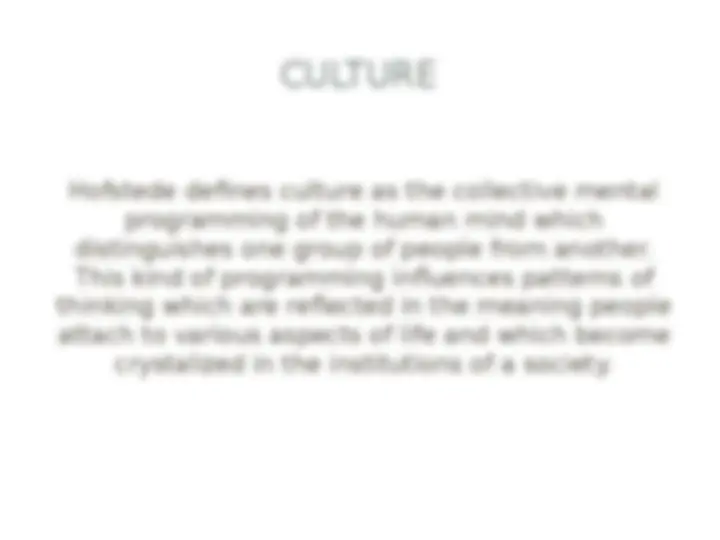
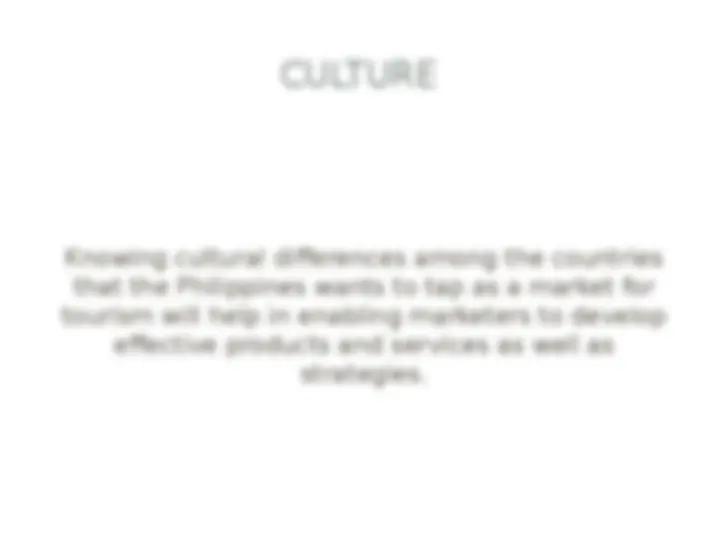
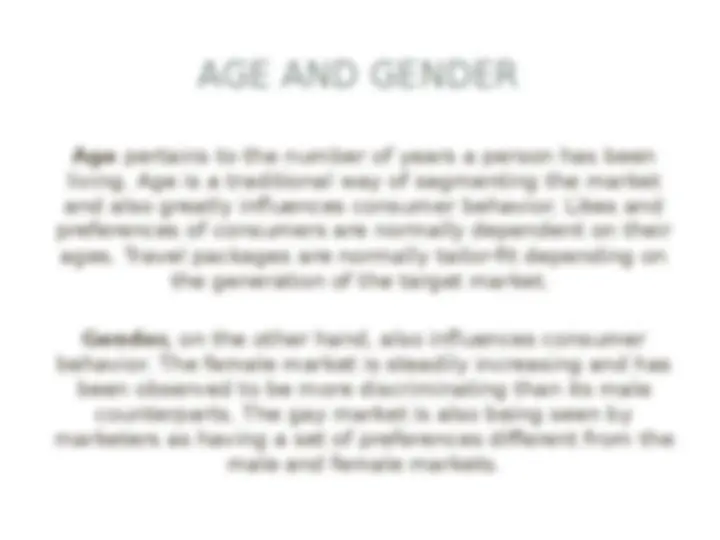
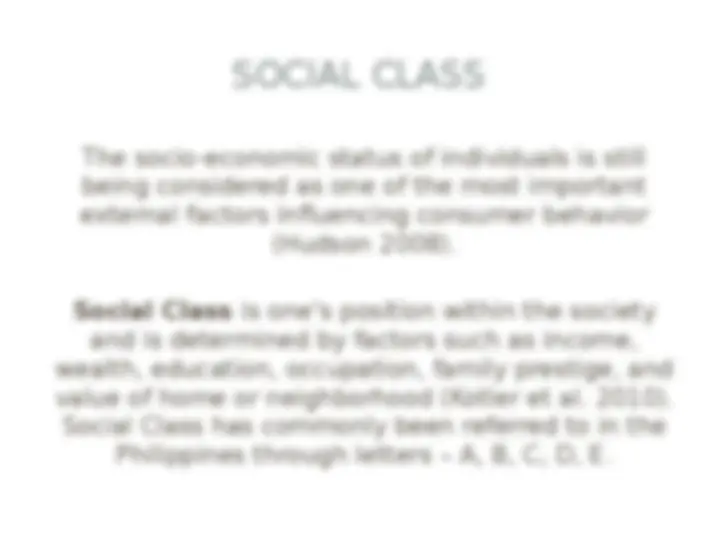
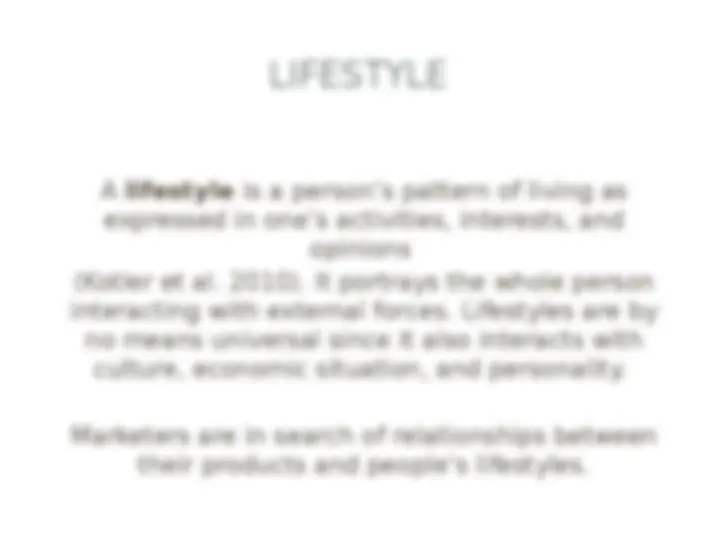
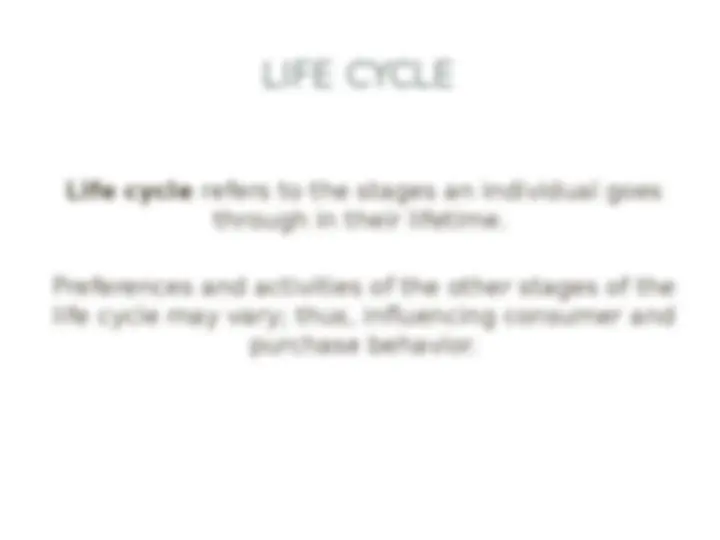
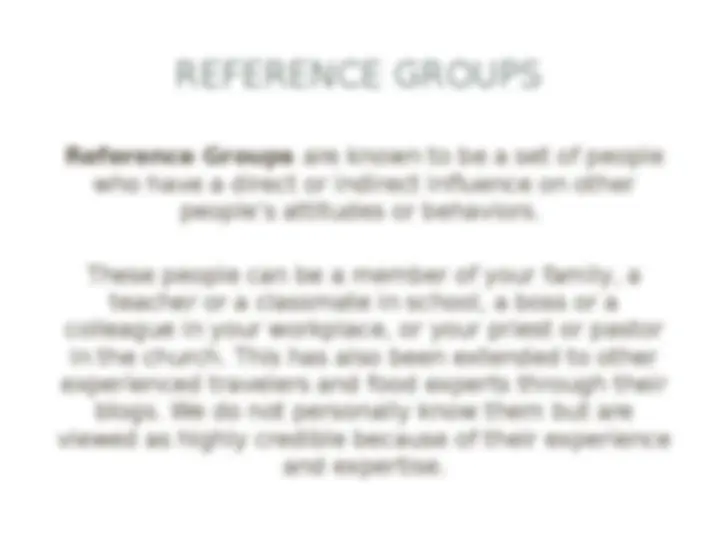

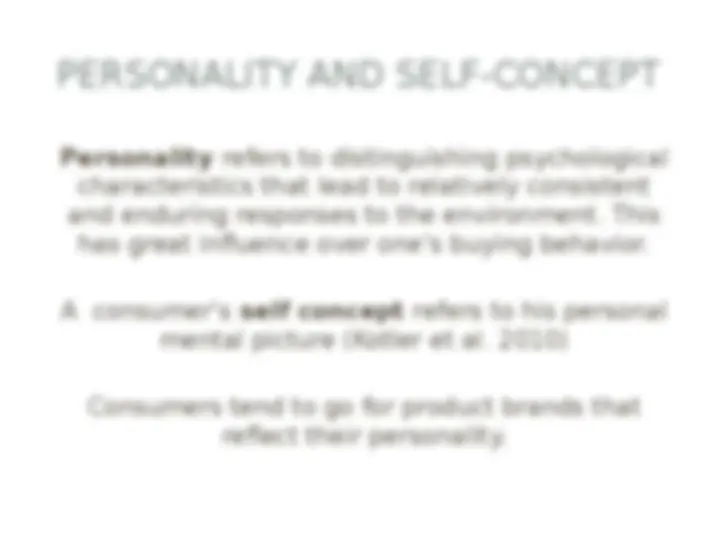
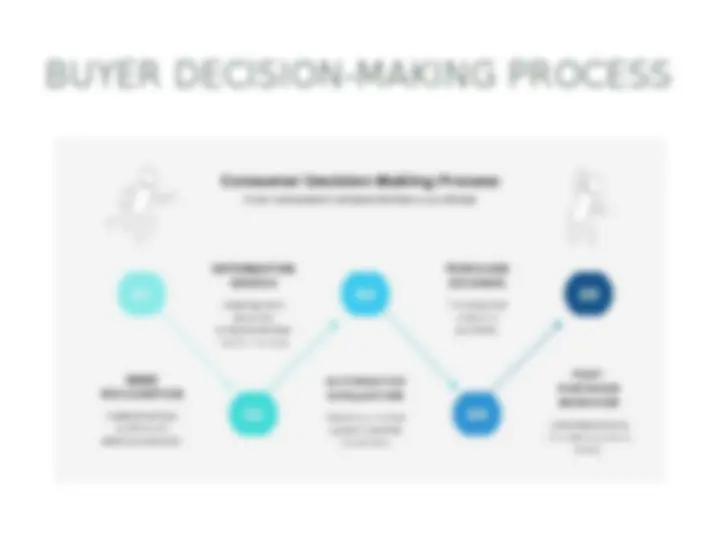
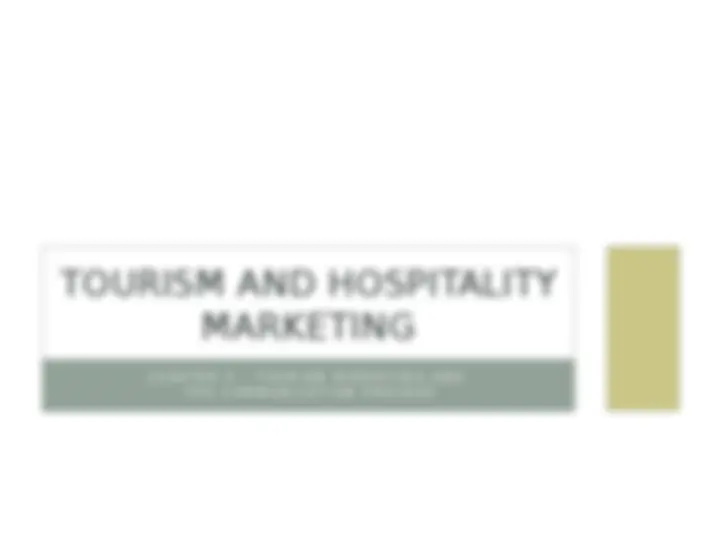
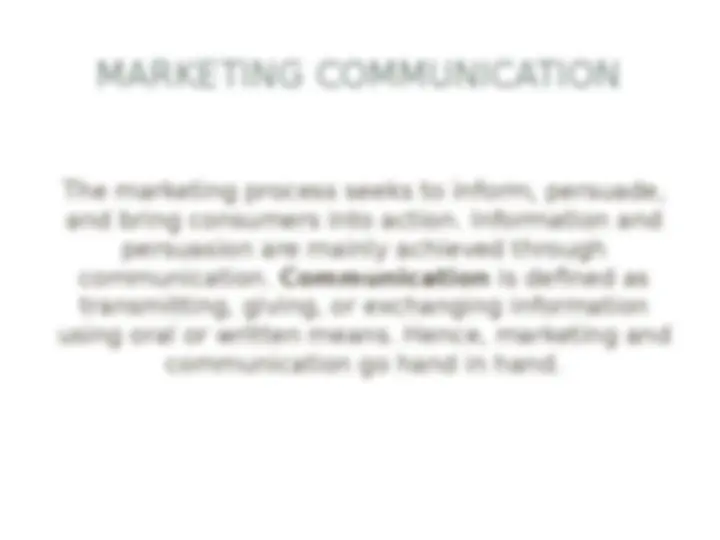
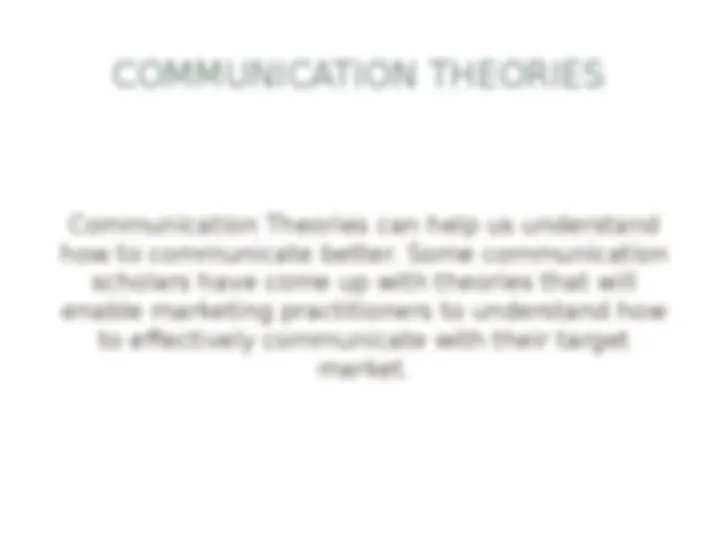
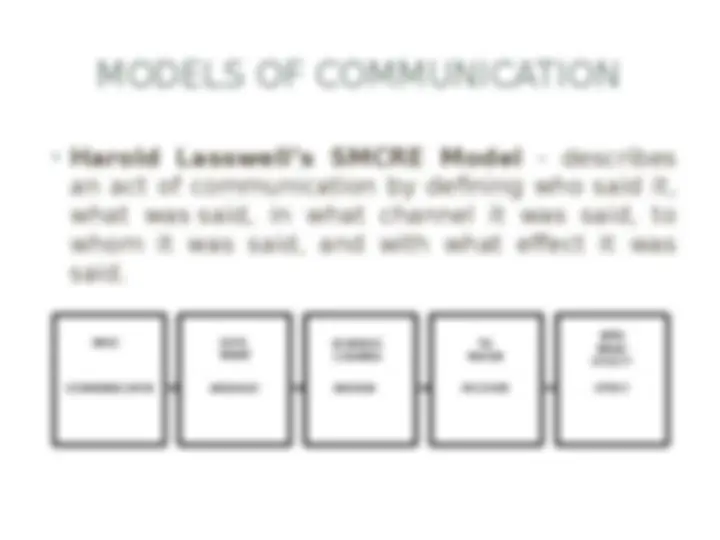
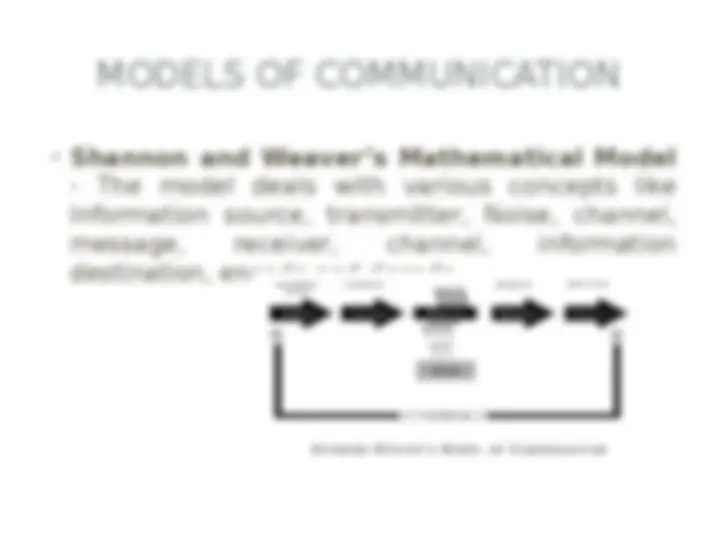
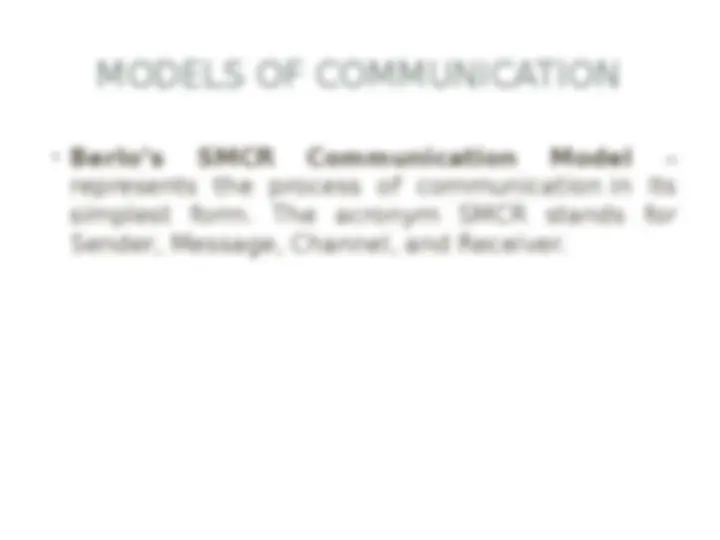
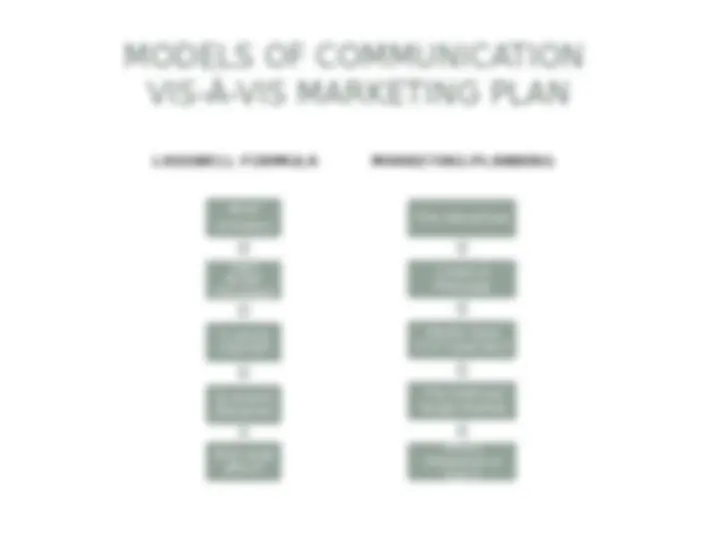
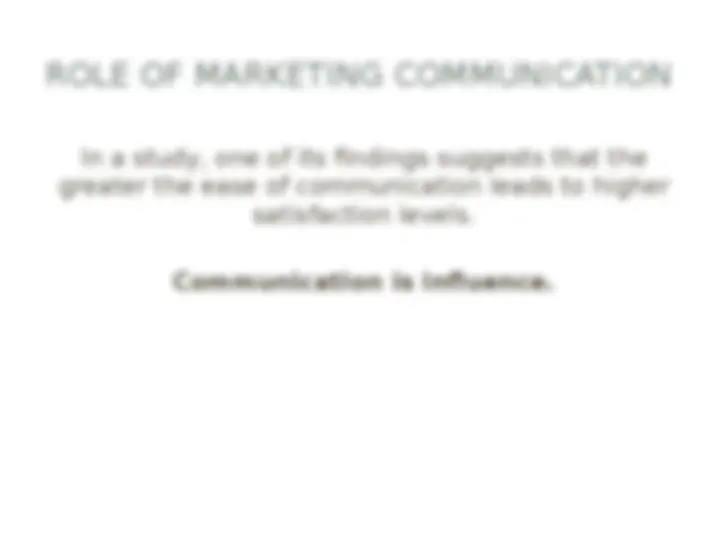
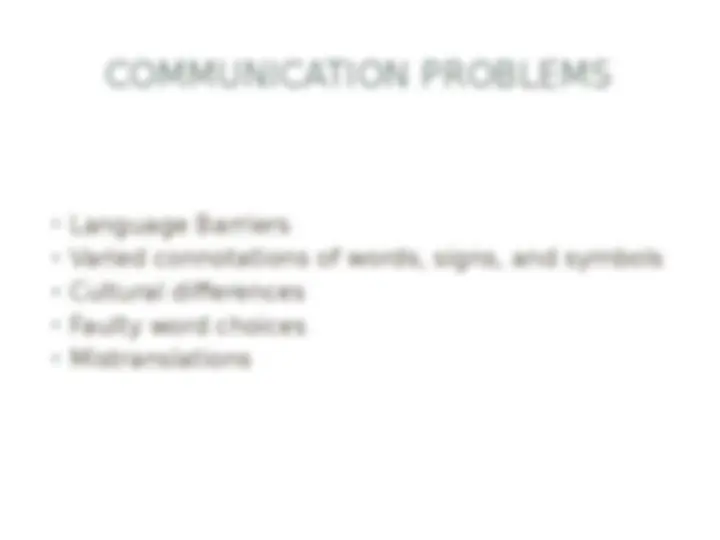
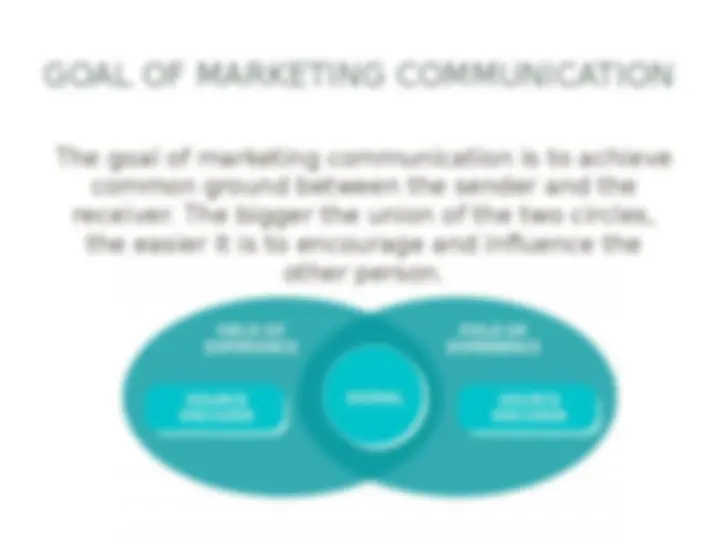
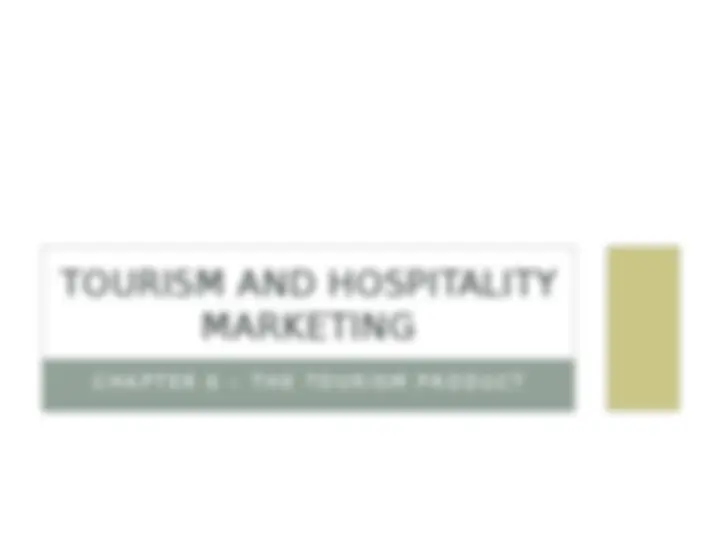
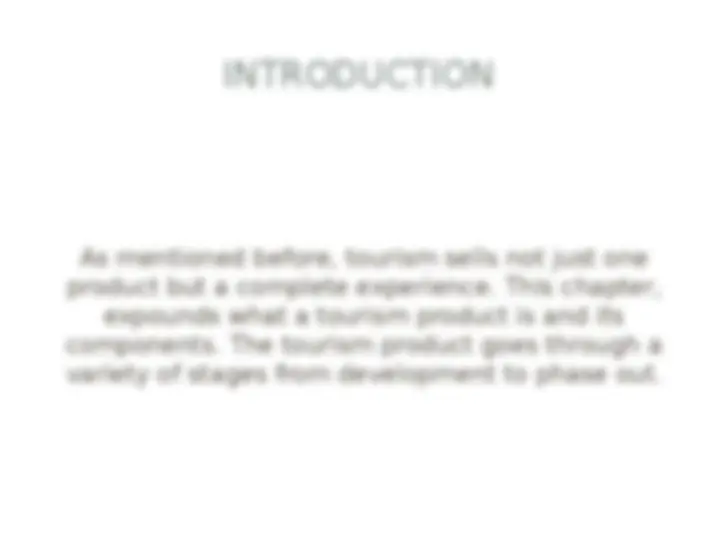
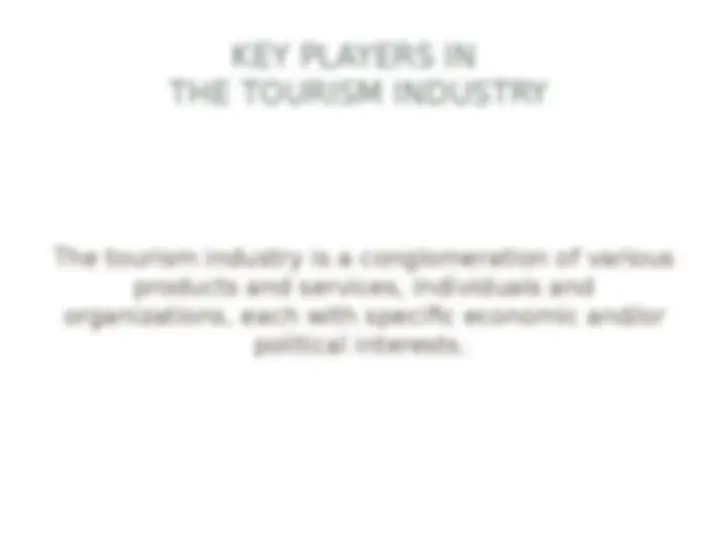
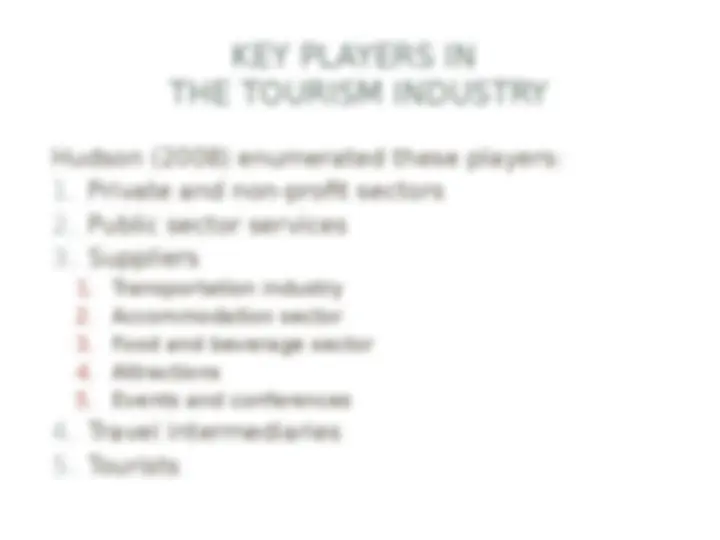
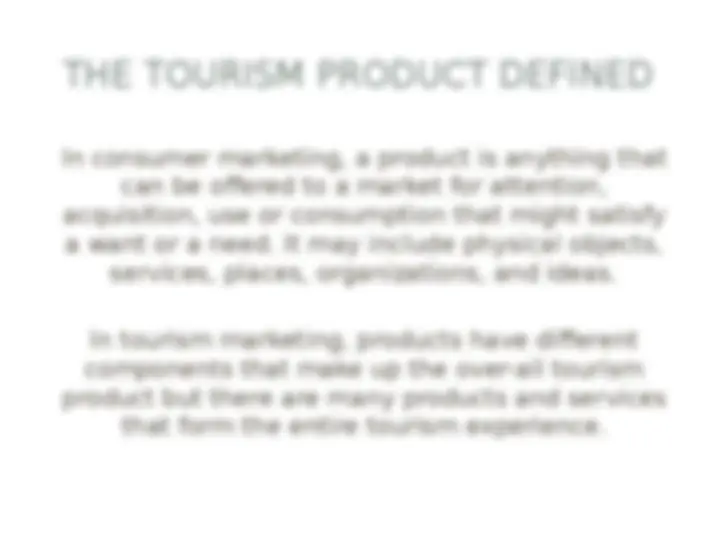
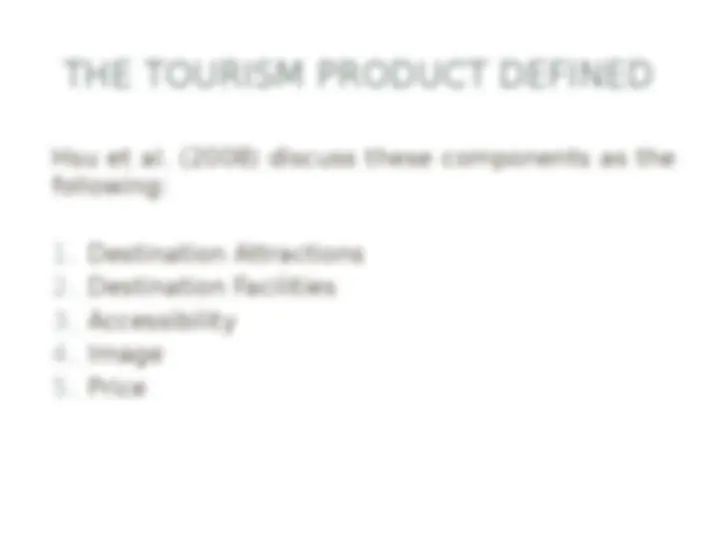


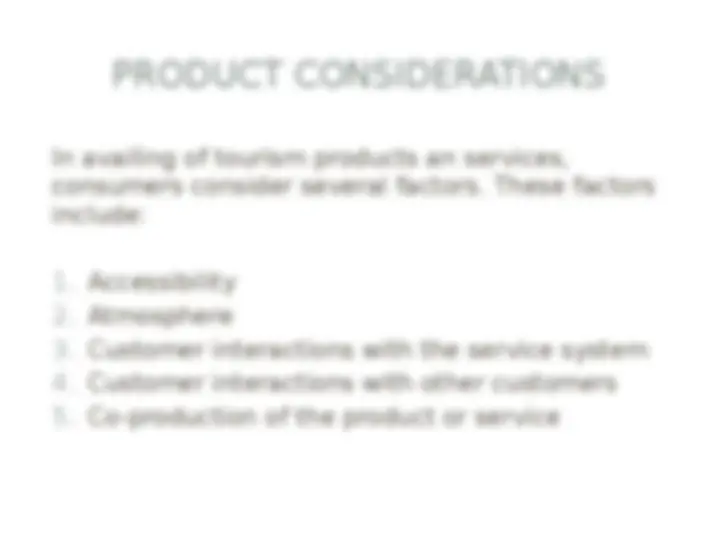


Study with the several resources on Docsity

Earn points by helping other students or get them with a premium plan


Prepare for your exams
Study with the several resources on Docsity

Earn points to download
Earn points by helping other students or get them with a premium plan
Community
Ask the community for help and clear up your study doubts
Discover the best universities in your country according to Docsity users
Free resources
Download our free guides on studying techniques, anxiety management strategies, and thesis advice from Docsity tutors
An analysis of marketing principles in the context of the tourism industry. It discusses the definition of marketing in tourism, the high involvement nature of tourism products, and the unique characteristics of services marketing in the hospitality and travel industry. It also covers market segmentation and different marketing approaches needed for hospitality and travel.
Typology: Slides
1 / 86

This page cannot be seen from the preview
Don't miss anything!















































































C H A P T E R 1 - T O U R I S M M A R K E T I N G
Tourism is one of the world’s leading industries. It is not a single product; it is a combination of products and services that result in a holistic experience for a traveler
“Marketing within tourism becomes the application of marketing process to the specific characteristics which apply to the tourism industry and its products.” ( Gilbert) “Marketing in tourism is to be understood as a systematic and co-ordinated execution of business policy by tourist undertakings whether private or state owned at the local, regional, national or international level to achieve optimal satisfaction of the needs of identifiable consumer groups, and in doing so to achieve an appropriate return” (Krippendorf)
An analysis of the above definitions of marketing makes it clear that tourism marketing is not a separate discipline , but it adopts the basic principles of marketing which have been developed and practiced in relation to the marketing of other consumer products and services.
Decision making in the purchase of tourism products is considered to be of high involvement. Tourism products of high involvement mean that there is a greater degree of thought or study involved prior to the purchase. Characteristics of a high-involvement product:
Factors that Contributed to the Growth of IMC:
Due to the advent of technological advancements, the IMC approach has become a popular option in maximizing resources and optimizing results.
C H A P T E R 2 – M A R K E T I N G H O S P I T A L I T Y A N D T R A V E L S E R V I C E S
The Hospitality and Travel Industry – a group of interrelated organizations providing personal services to customers who are away from home. It is just one part of The Service Industries – organizations primarily involved in the provision of personal services.
Other Service Industries include:
Generic Differences Contextual Differences Hospitality and Travel Differences